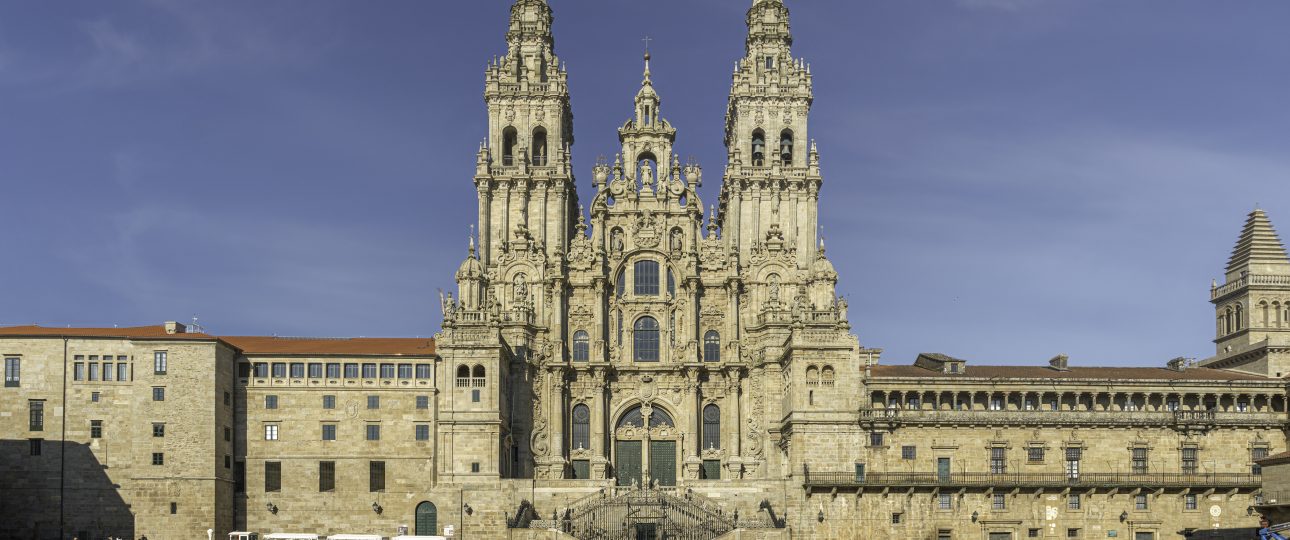Introduction to Santiago de Compostela
Welcome to Santiago de Compostela, a city rich in history, culture, and spirituality located in the northwest of Spain. Known as the endpoint of the renowned pilgrimage route, the Camino de Santiago, this captivating city draws thousands of visitors annually. Beyond its religious significance, Santiago offers stunning architecture and vibrant gastronomy, providing a memorable experience for every traveler.
Historical Significance
Santiago de Compostela’s history dates back to the 9th century. According to legend, the remains of St. James, one of Jesus Christ’s apostles, were discovered here, establishing the city as a major center for Christian pilgrimage during the Middle Ages, comparable to Rome and Jerusalem.
As you explore the city, you’ll encounter numerous historical sites that narrate its storied past:
- Cathedral of Santiago de Compostela – This magnificent cathedral, a UNESCO World Heritage Site, is the city’s focal point. Its Baroque façade and the exquisite Portico de la Gloria are essential highlights.
- Old Town – A maze of narrow streets and medieval buildings, the Old Town exudes history and charm, with each corner offering a glimpse into the past.
- Monastery of San Martín Pinario – A baroque monastery now serving as a seminary, it showcases breathtaking architecture and tranquil gardens.
Unique Features of Santiago de Compostela
Santiago de Compostela stands out for several reasons:
- Culinary Delights – The city is renowned for its delicious cuisine. Don’t miss the local specialty, pulpo a la gallega (Galician-style octopus), and savor fresh seafood along with traditional dishes like empanada gallega.
- Vibrant Culture – Santiago boasts a lively cultural scene with numerous festivals throughout the year. The most notable is the Fiesta del Apóstol in July, celebrating St. James with parades, music, and fireworks.
- Architectural Wonders – Beyond the cathedral, Santiago features a blend of Gothic, Romanesque, and Baroque architecture. The Casa de la Troya and Palacio de Raxoi are particularly noteworthy.
Best Time to Visit
The ideal time to visit Santiago de Compostela is during the spring (April to June) and early autumn (September to October). During these months, the weather is mild and pleasant, perfect for exploring the city and its surroundings. However, if you wish to experience the vibrant atmosphere of the Fiesta del Apóstol, plan your visit in July.
Getting There
Santiago de Compostela is well-connected, making it accessible for both international and domestic travelers:
- By Air – The city has an international airport (Santiago de Compostela Airport) with flights to and from major European cities.
- By Train – The train service is efficient, with regular connections from cities like Madrid and Barcelona.
- By Bus – Extensive bus services connect Santiago with various parts of Spain and Portugal.
Local Transportation
Once in Santiago de Compostela, navigating the city is straightforward:
- Walking – The best way to explore the city is on foot, especially the Old Town, where many streets are pedestrian-only.
- Public Transport – The city has a reliable public bus system that can take you to various neighborhoods and attractions.
- Bicycles – Renting a bicycle is also a great option for those who want to explore a bit further.
Accommodation Options
Santiago de Compostela offers a wide range of accommodation options to suit different budgets:
- Luxury Hotels – For those seeking comfort, consider hotels like Hotel Palacio del Carmen or Parador de Santiago.
- Mid-range Hotels – Options like Hotel San Francisco and Hotel Compostela provide good value for money.
- Budget Hostels – For budget travelers, there are various hostels available, such as Albergue Seminario Menor.
Must-See Attractions
In addition to the Cathedral, there are several other attractions worth visiting:
- Parque de la Alameda – A beautiful park offering stunning views of the cathedral and the city.
- Mercado de Abastos – A vibrant market where you can sample local produce, cheeses, and meats.
- Casa de la Cultura – A cultural center that often hosts art exhibitions, concerts, and local events.
Local Cuisine and Dining
Santiago de Compostela is a paradise for food lovers. Here are some culinary experiences you shouldn’t miss:
- Tapeo – Try the local tapas in one of the many bars in the city. Pair them with a glass of Albariño wine, a local white wine.
- Dining Experiences – For a more formal dining experience, consider restaurants like O Fillo or A Taberna do Bispo.
- Sweet Treats – Don’t forget to taste tarta de Santiago, a traditional almond cake, and the delectable local pastries.
Practical Travel Tips
To make your trip to Santiago de Compostela as enjoyable as possible, here are some practical tips:
- Language – While many locals speak English, learning a few basic phrases in Spanish or Galician can enhance your experience.
- Currency – The currency used is the Euro. Credit cards are widely accepted, but it’s good to have some cash for small purchases.
- Safety – Santiago is generally safe, but like any tourist destination, be mindful of your belongings, especially in crowded areas.
Summary of Key Facts
- Santiago de Compostela is located in northwest Spain and is known as the endpoint of the Camino de Santiago pilgrimage.
- The city is home to the stunning Cathedral of Santiago, a UNESCO World Heritage Site.
- Best times to visit are during spring (April to June) and early autumn (September to October).
- The city has an international airport and is accessible by train and bus from major cities.
- Public transportation includes buses, but walking is the best way to explore the Old Town.
- Accommodation ranges from luxury hotels to budget hostels, catering to all types of travelers.
- Local cuisine features delicious seafood, traditional dishes, and sweet treats like tarta de Santiago.
- Safety is generally good, but travelers should remain vigilant about their belongings.
Conclusion
Whether you’re interested in history, cuisine, or simply exploring a picturesque destination, Santiago de Compostela offers a unique blend of spirituality, history, and culture. It’s a remarkable location in Spain that invites you to pack your bags, lace up your walking shoes, and discover its many wonders.




